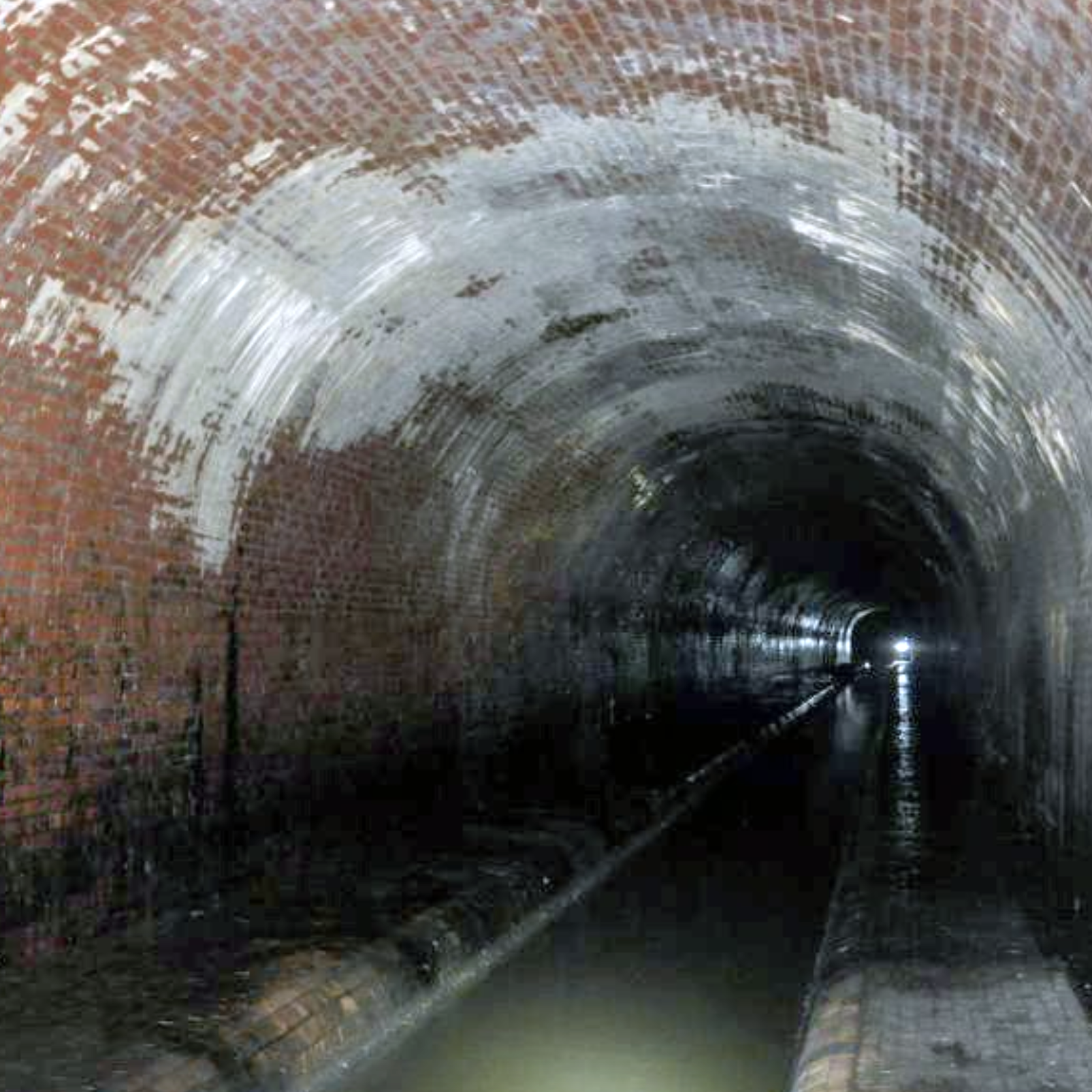Washington Tunnels – The DC Underground Atlas
Washington, DC is home to a fascinating labyrinth of tunnels (foto Popular Science)

The DC Underground Atlas
Washington, DC’s federal architects have a special proclivity for underground tunnels. District residents navigate the tubes like human submarines, and rely on their services for basic needs like drinking water and central heat. Contributing factors include the city’s unique building height limit, extreme weather, and the security considerations of recent decades. As a result, Washington sits atop an interconnected layer cake of transportation, utility, and pedestrian tunnels extending three dimensionally beneath city streets.
Given their importance to daily life in the nation’s capital, it’s surprising to find that the full picture of Washington’s various tunnels remains unpainted. This project aims to complete that picture.
Tunnels in Washington run the gamut: from mundane to idiosyncratic, from heavily trafficked to the little known. Some tunnels are cavernous. WMATA’s standard issue 600 foot long Metro station could easily fit the Washington Monument laid down on its side, and anyone with a SmarTrip card is allowed to walk in. Others are claustrophobic, with searing temperatures and unbearable smells. Access to the General Service Administration’s steam tunnels, for example, is limited to a small gang of maintenance men and law enforcement officers. While many of the city’s tunnels are physically closed off to the public, you can now digitally explore the twisting underground architecture paid for with public tax dollars. Exploring tunnels in person can be hazardous and illegal, don’t try it.
The following atlas sets out to map Washington’s underground tubing in several parts. The cartographic side of this project is drawn from open source utility maps and other government documents. The human dimension is colored in with the invaluable DC Library newspaper archive, and by the historical reporters that covered tunnel construction in real time, just as they do today with Metro maintenance. Many of these sources were compiled by hand and had not yet been digitized or indexed by search engines. Every effort has been made to include links (currently more than 75) to the newly digitized primary source material, so that other won’t have to hike out to the National Archives in College Park to access them. In order to limit the scope of the project, “tunnels” are defined as fully walkable passageways – no sewer pipes, culverts, or crawlspaces. All the tunnels depicted can accommodate standing adults, assuming that they have proper access credentials.





Plaats een reactie